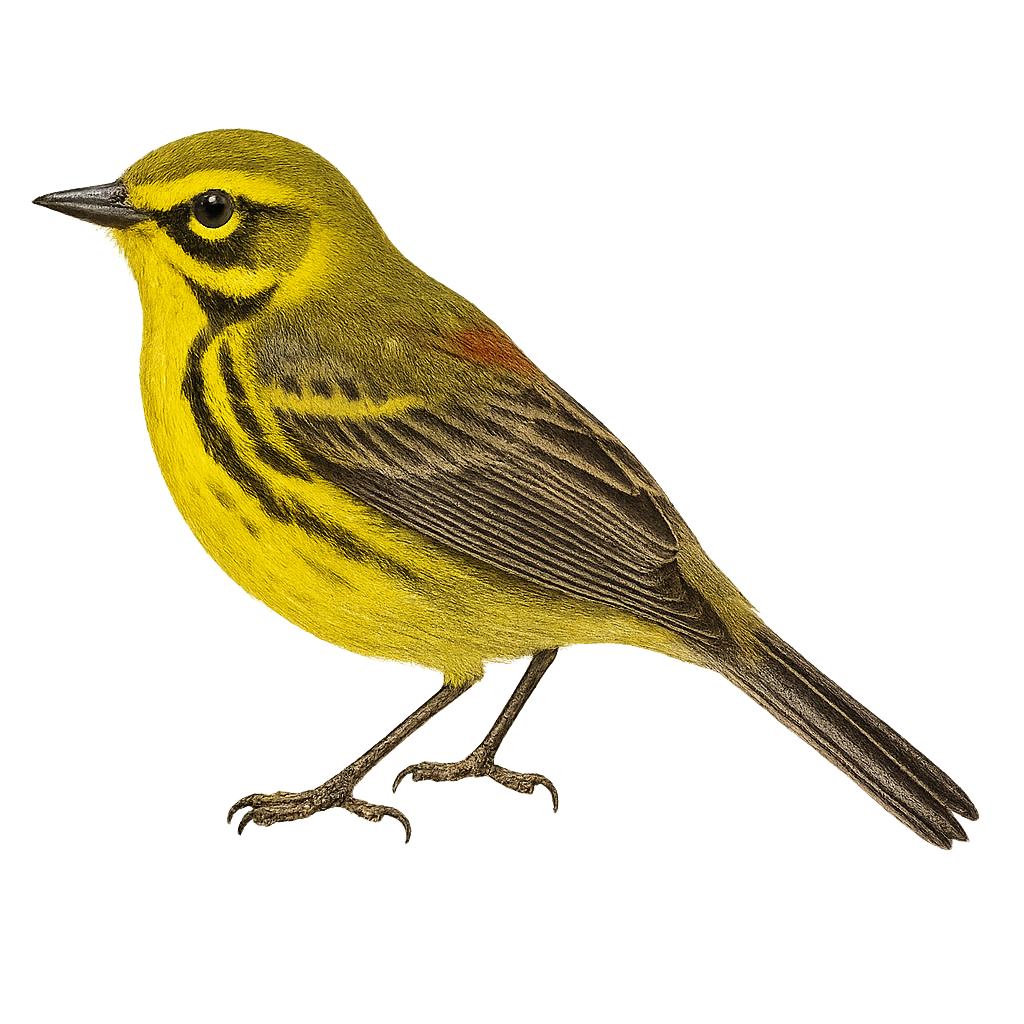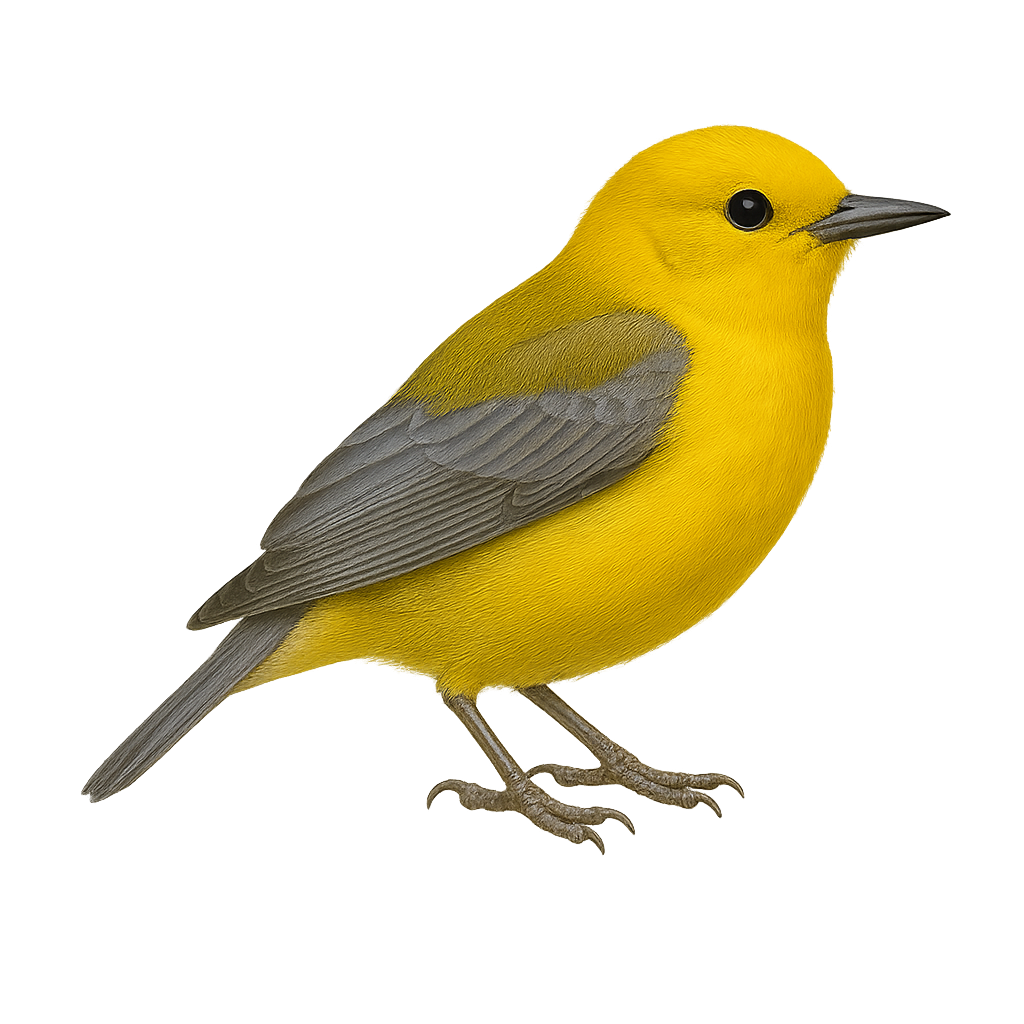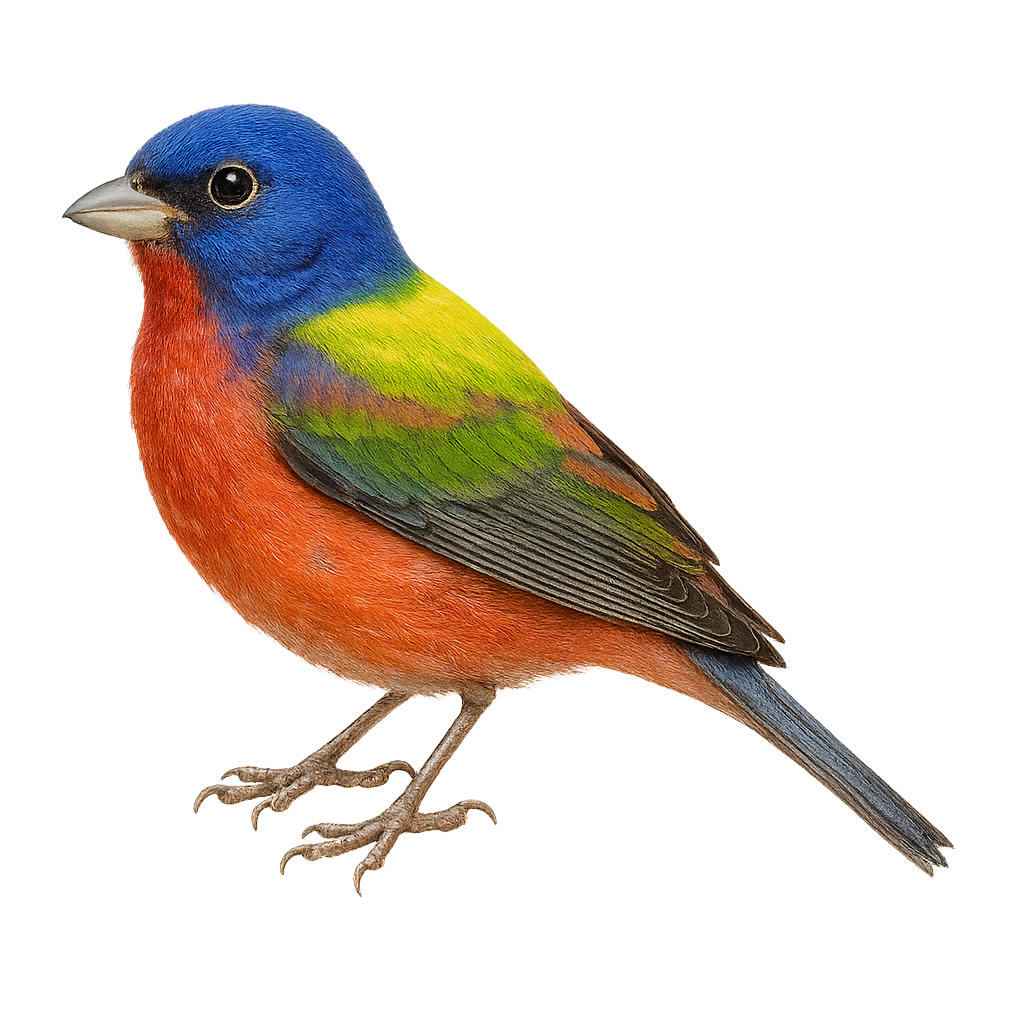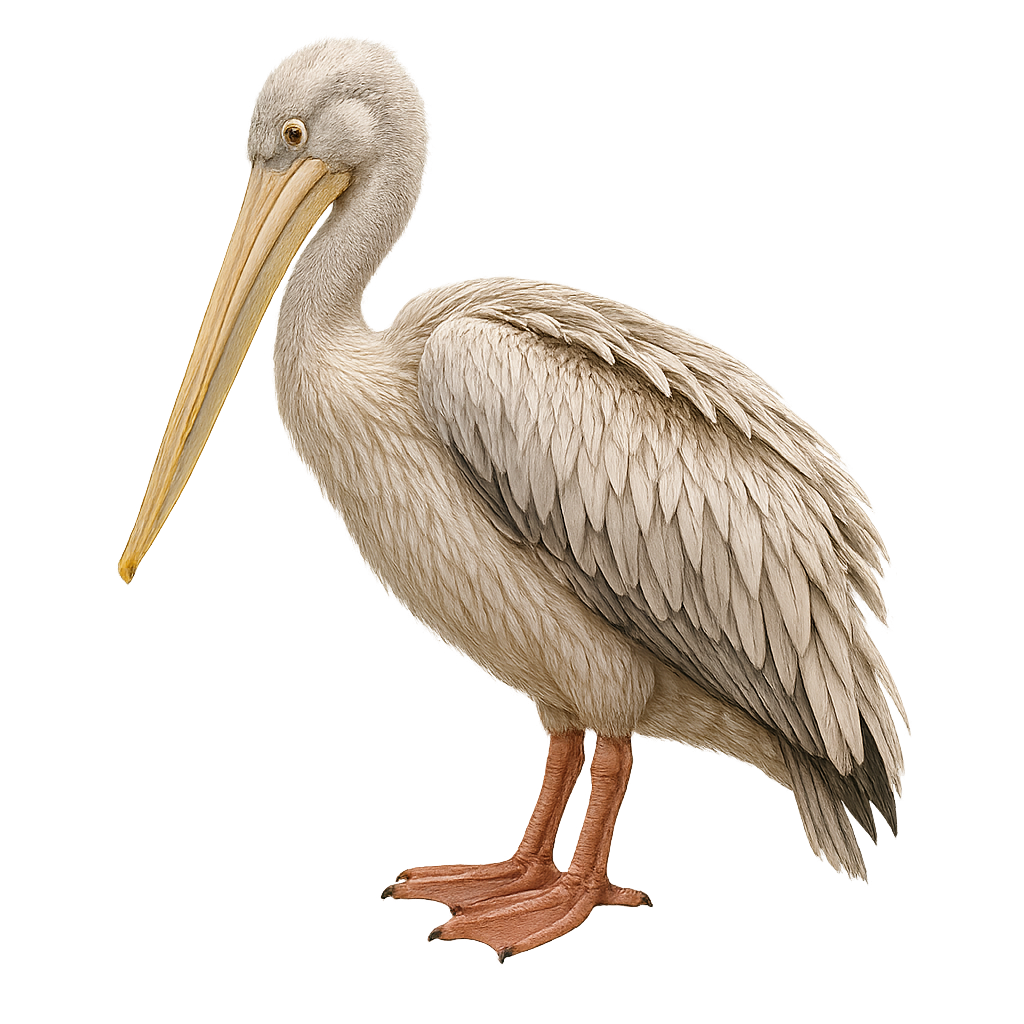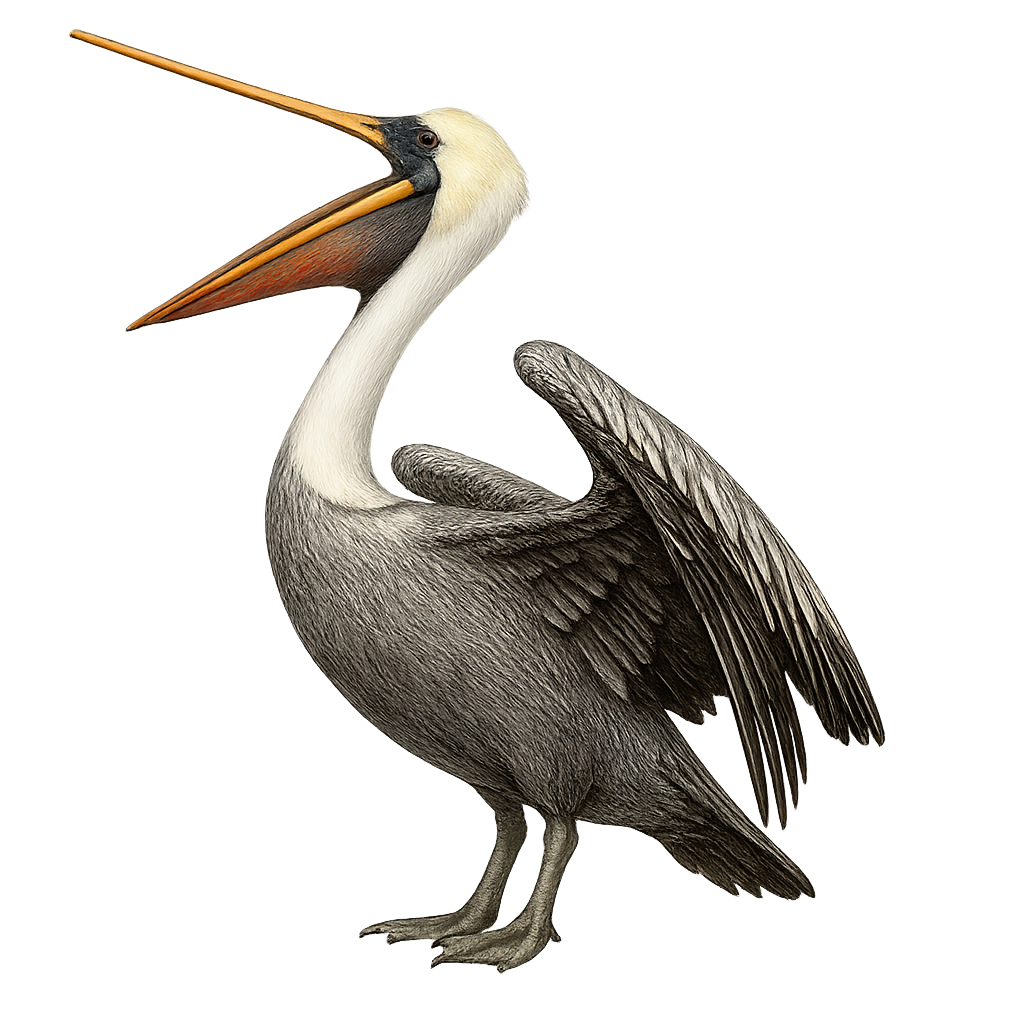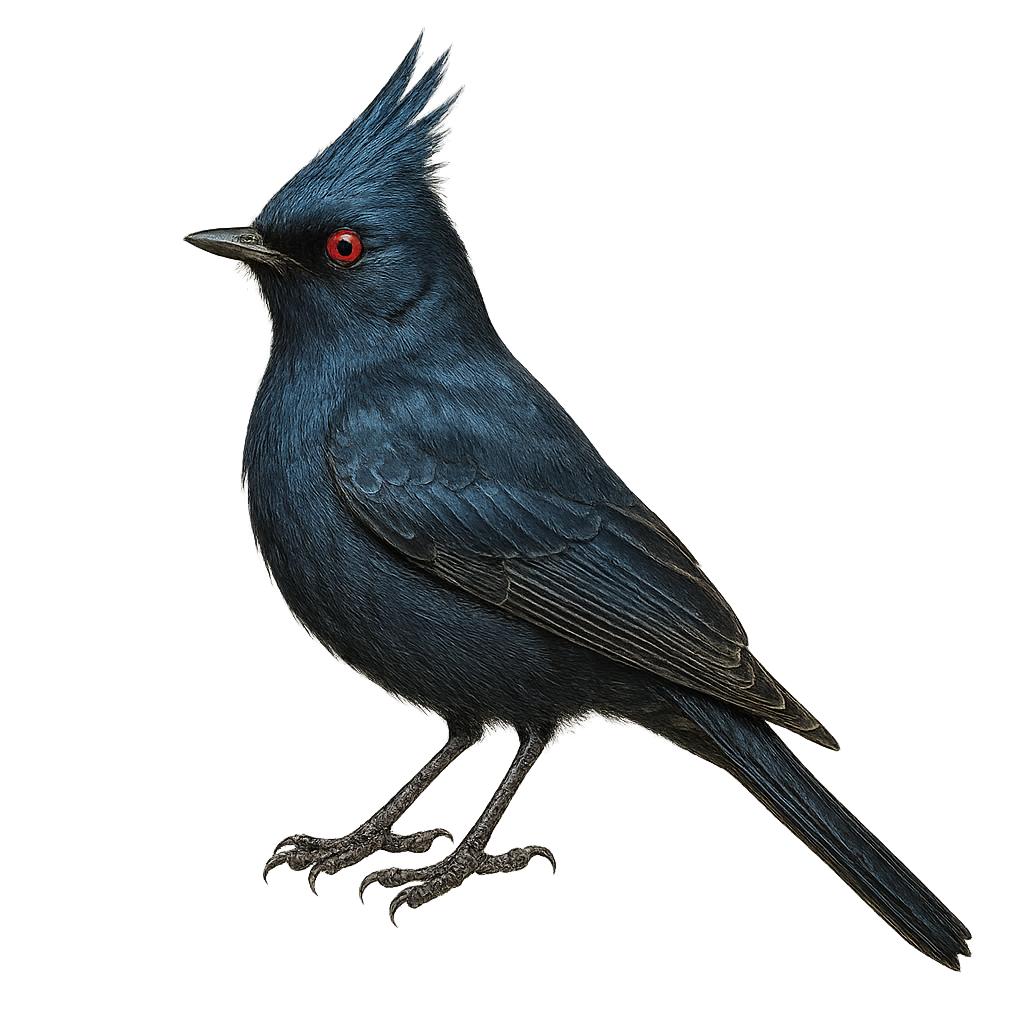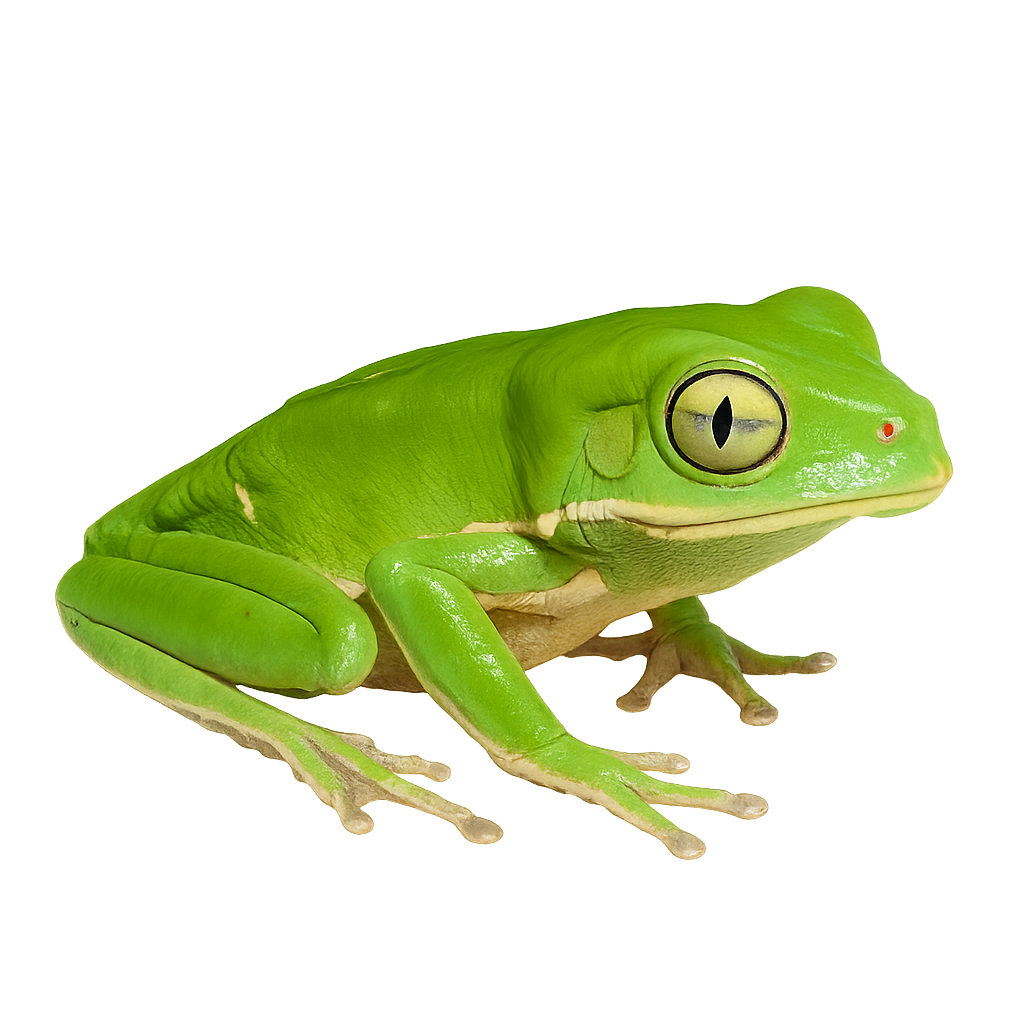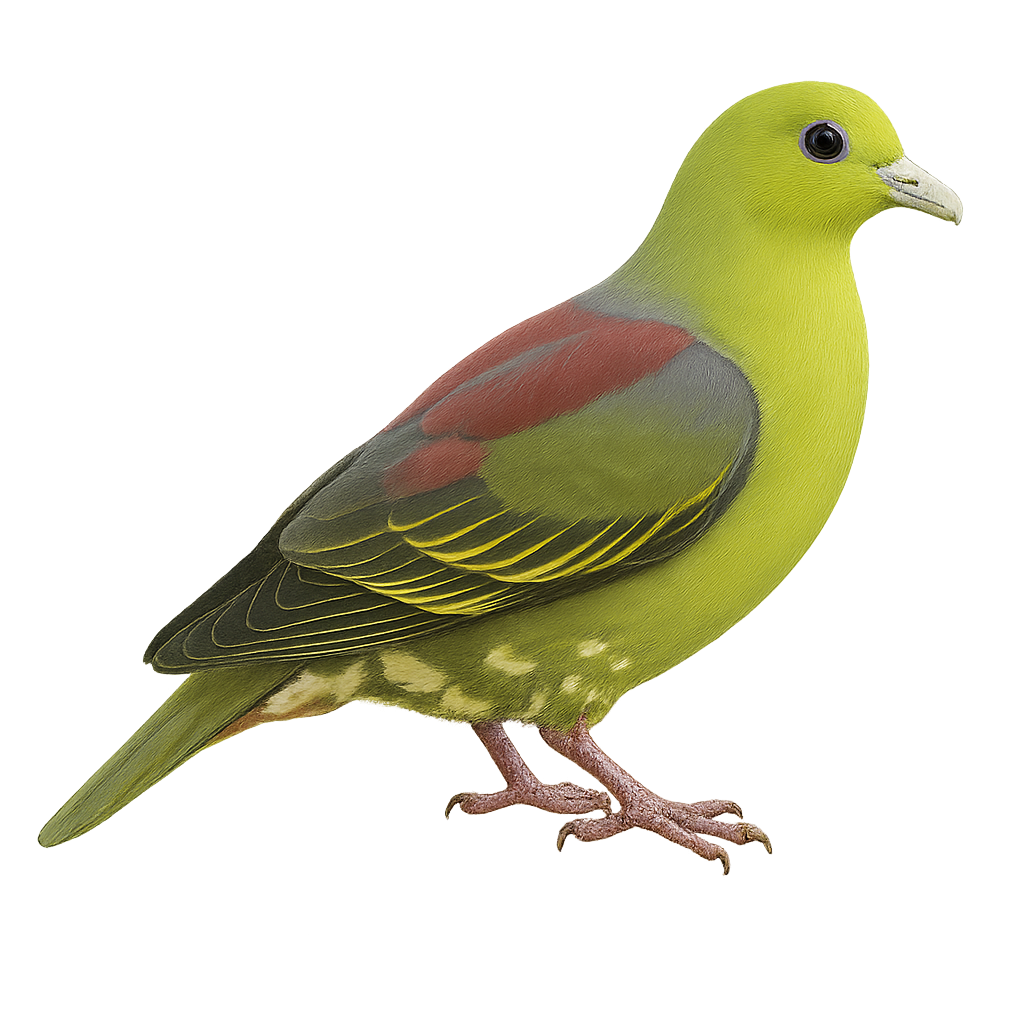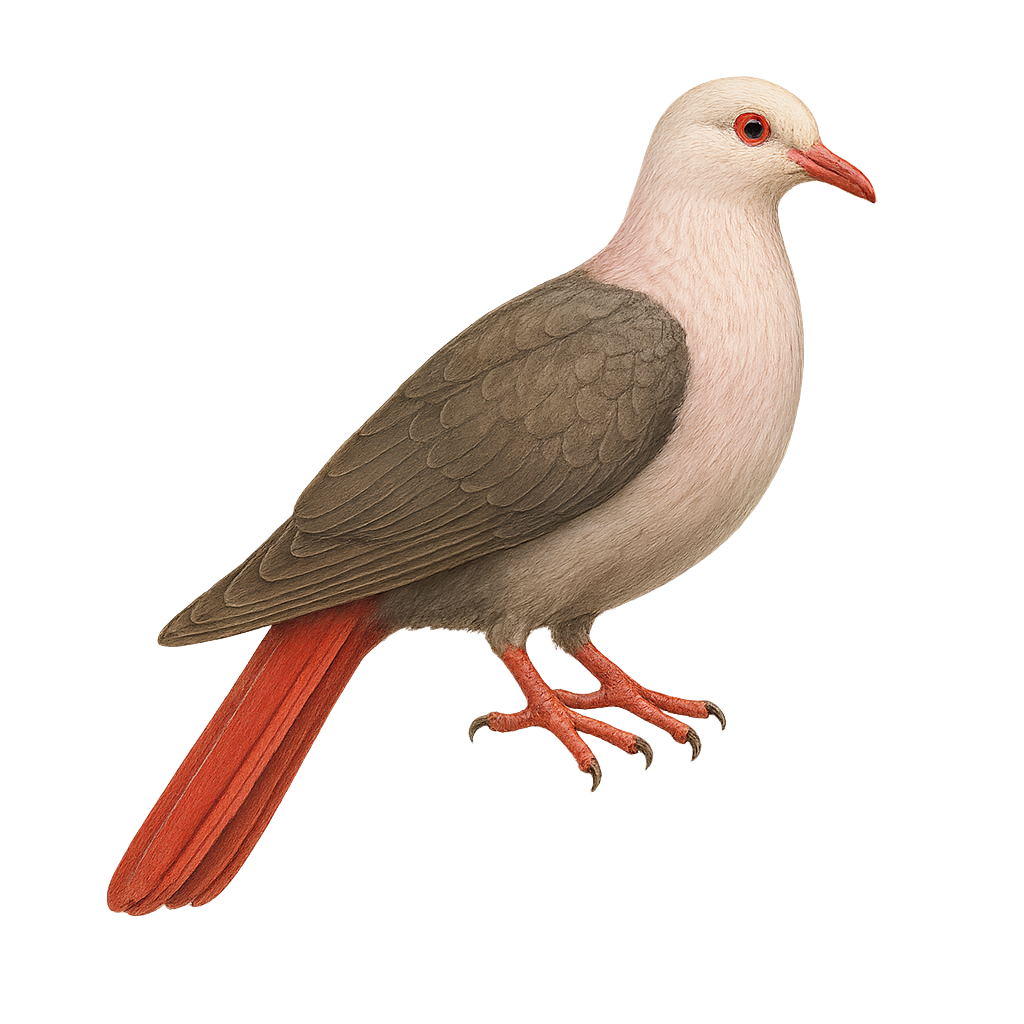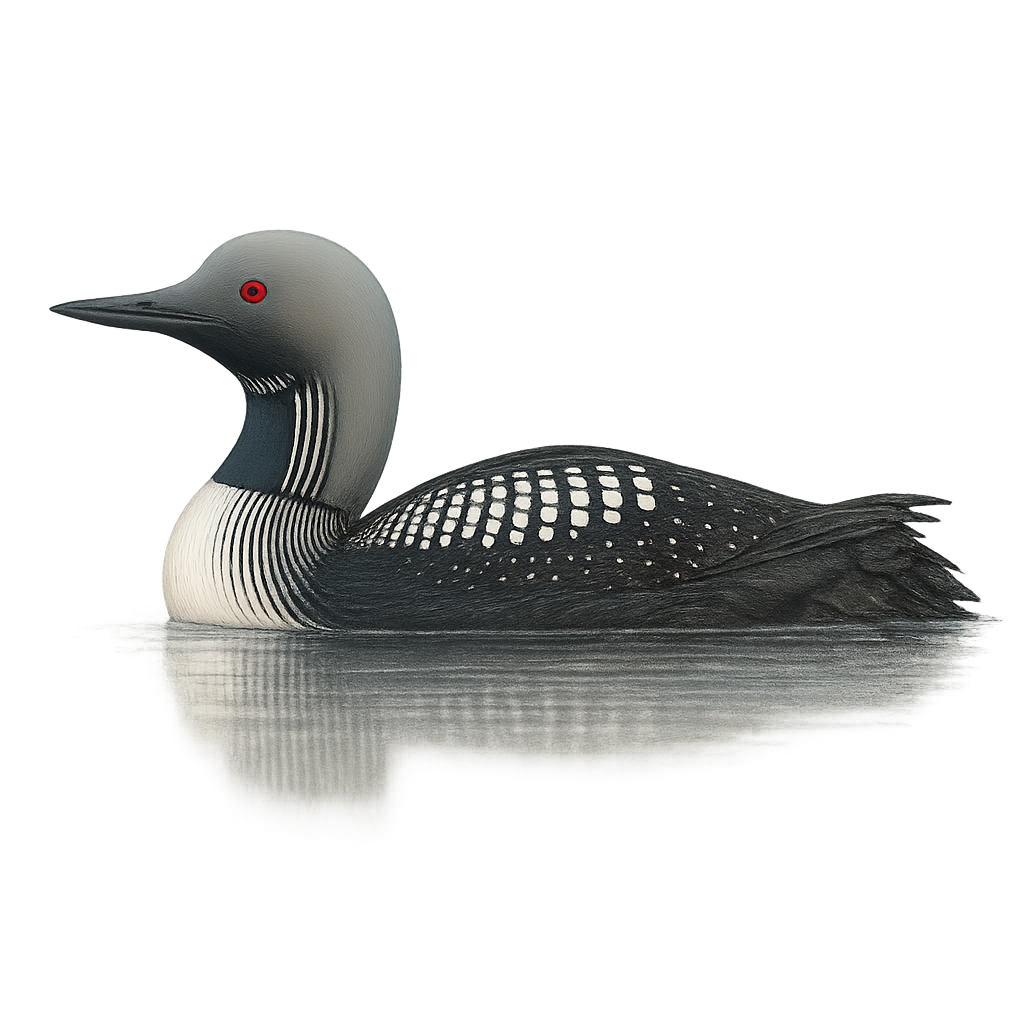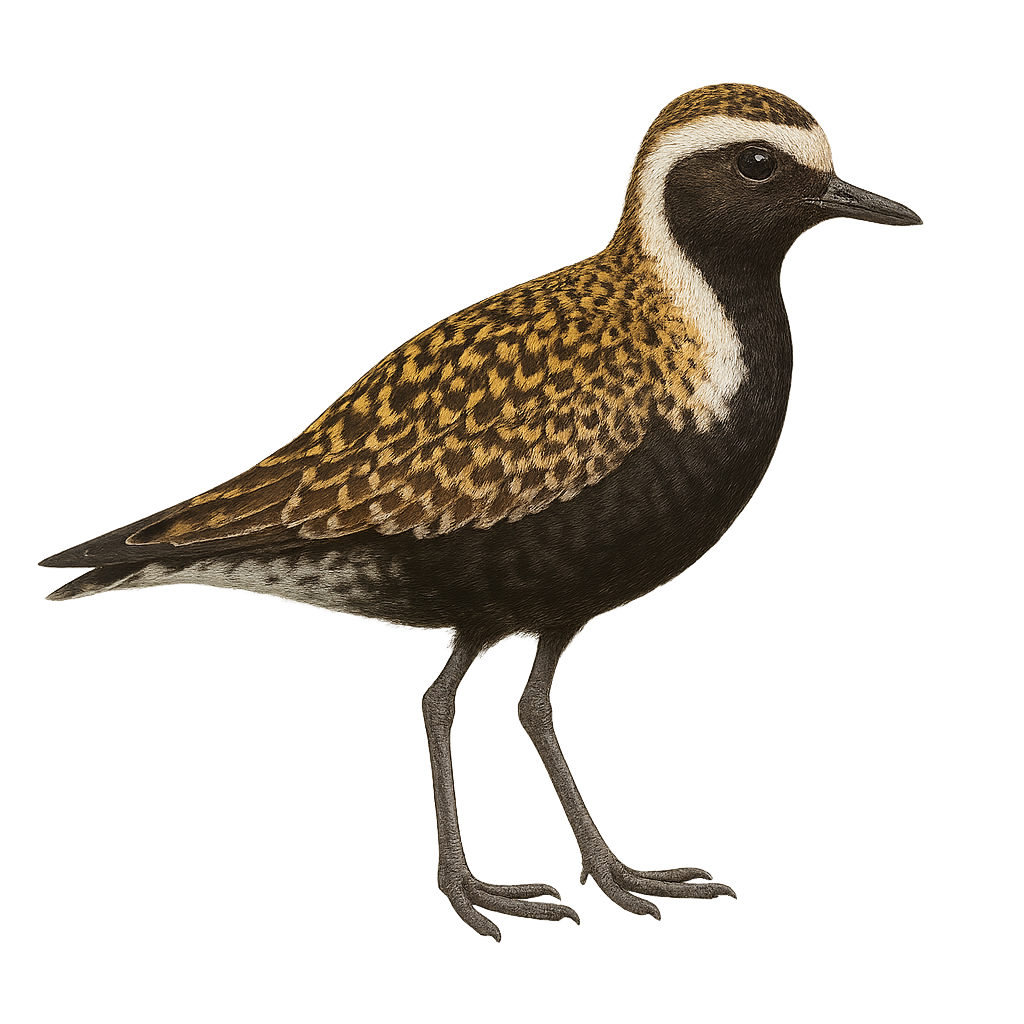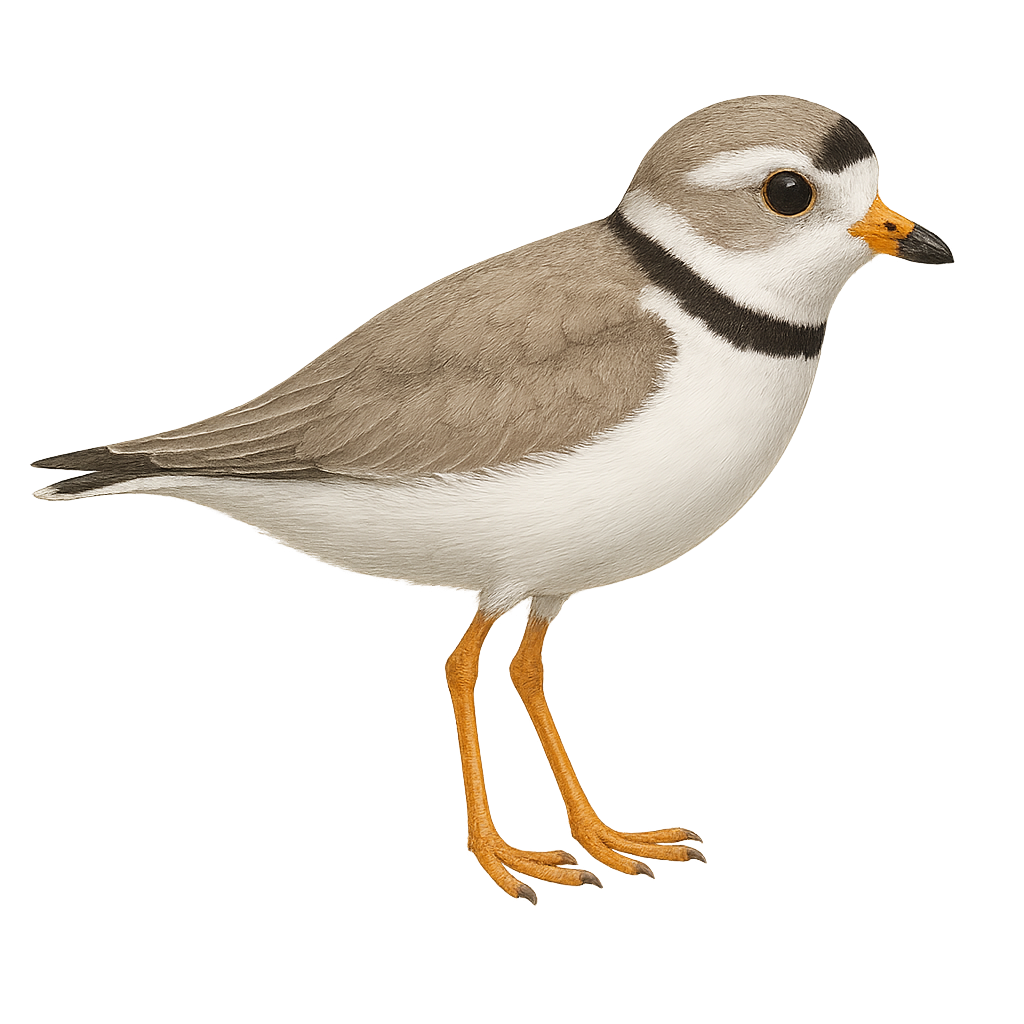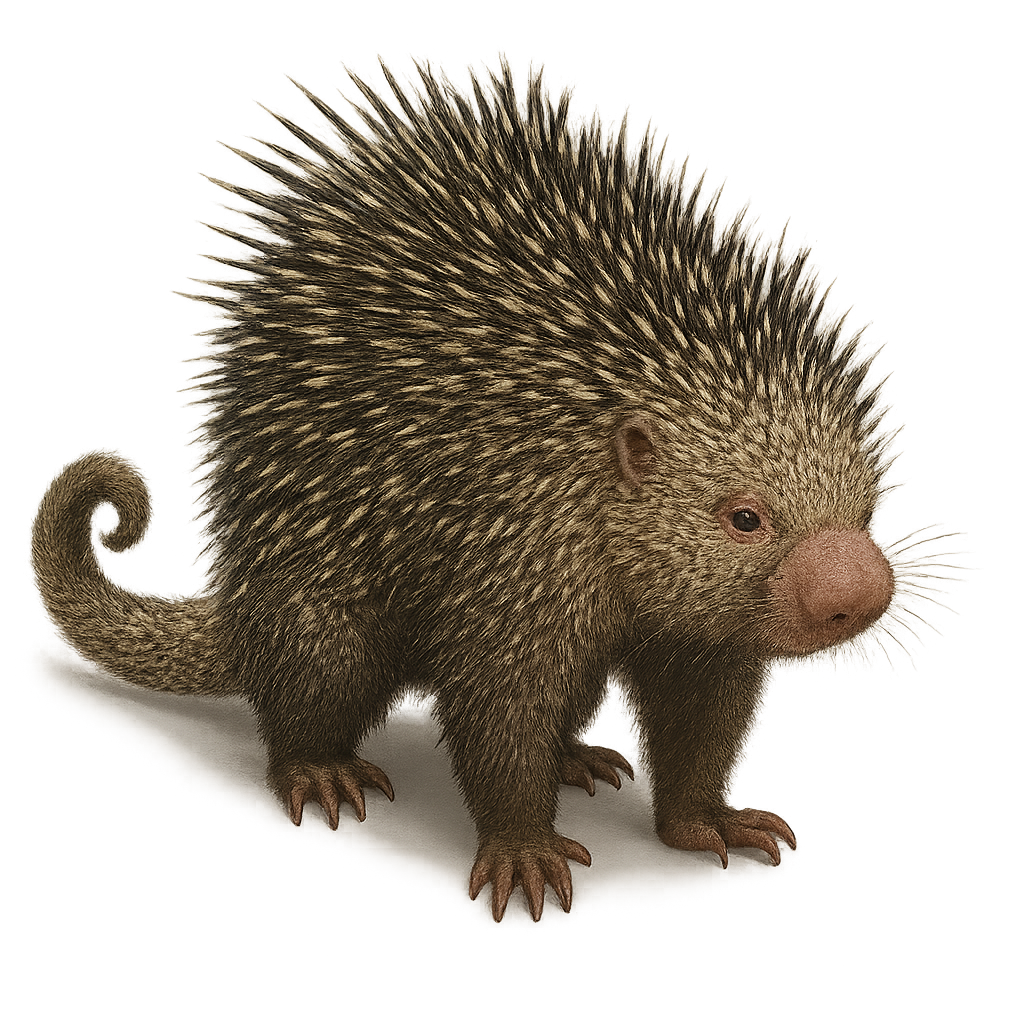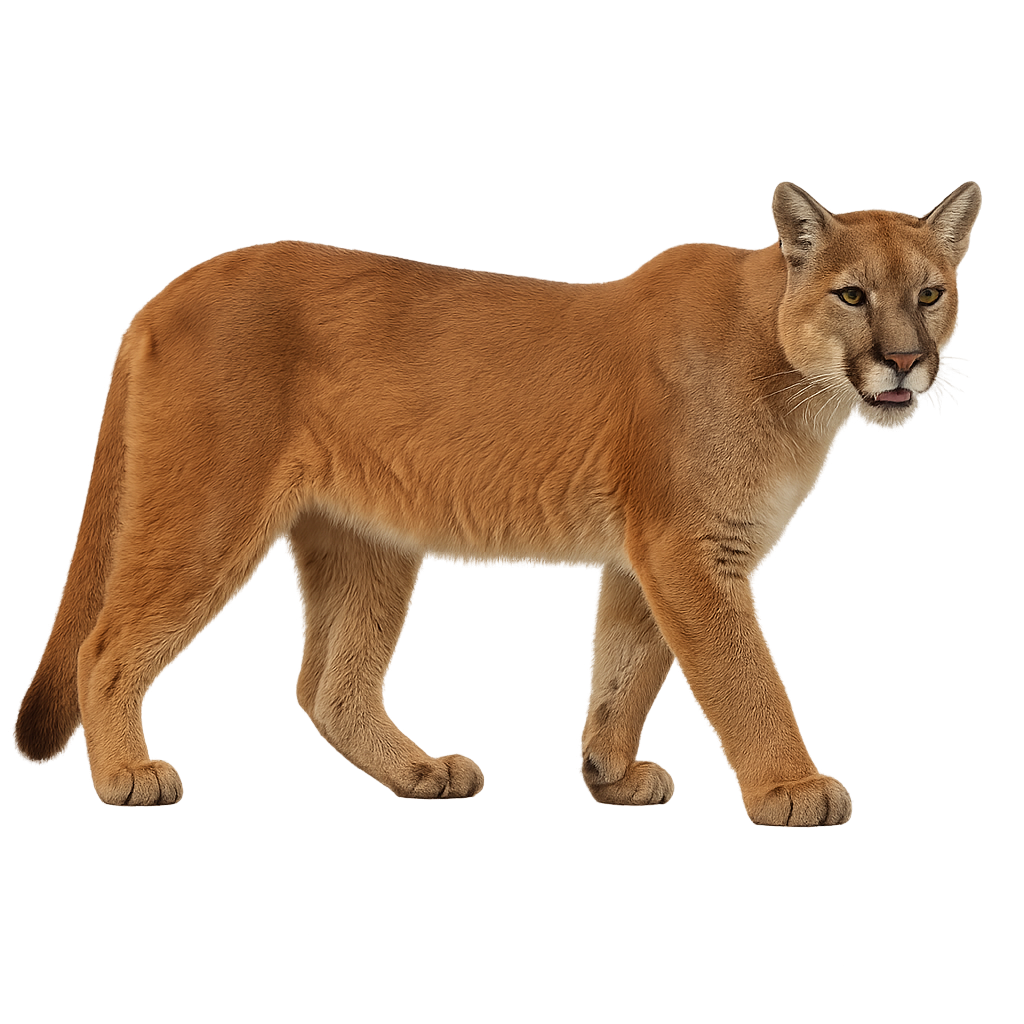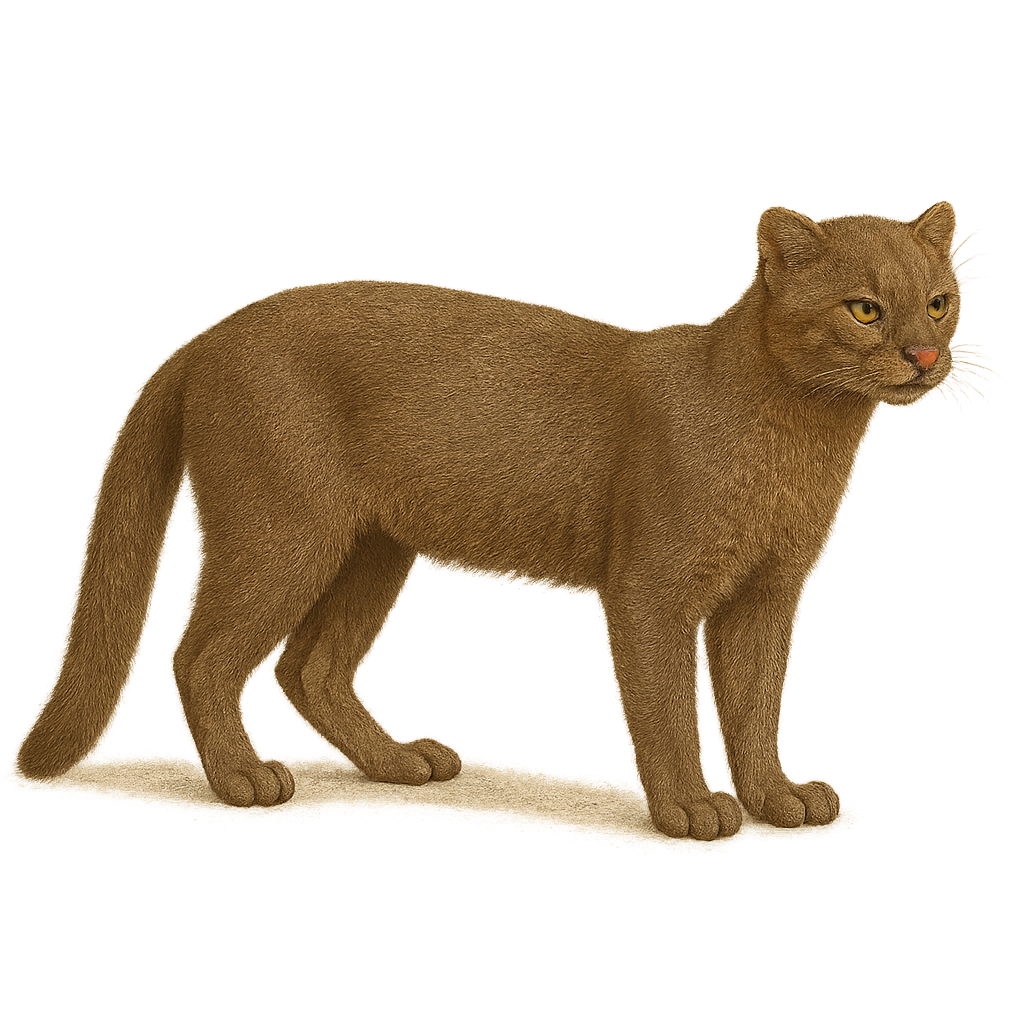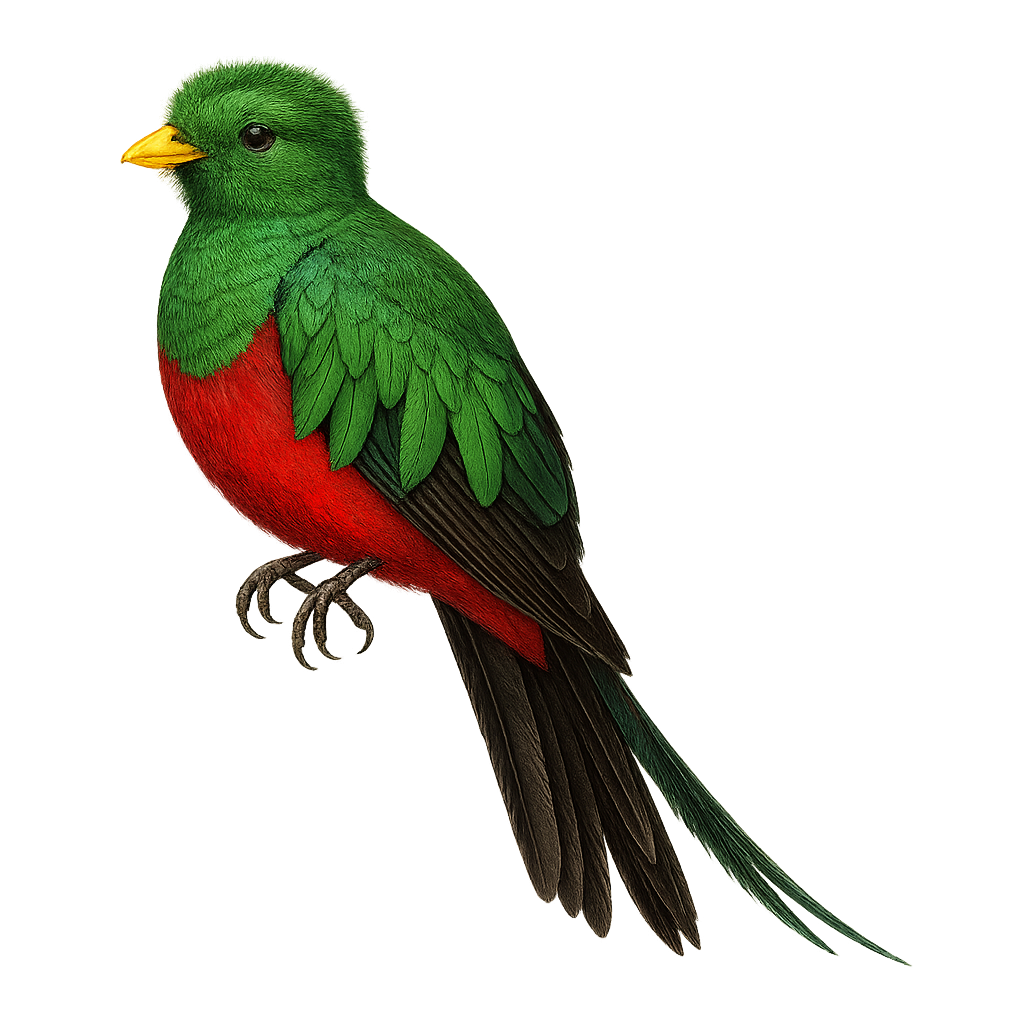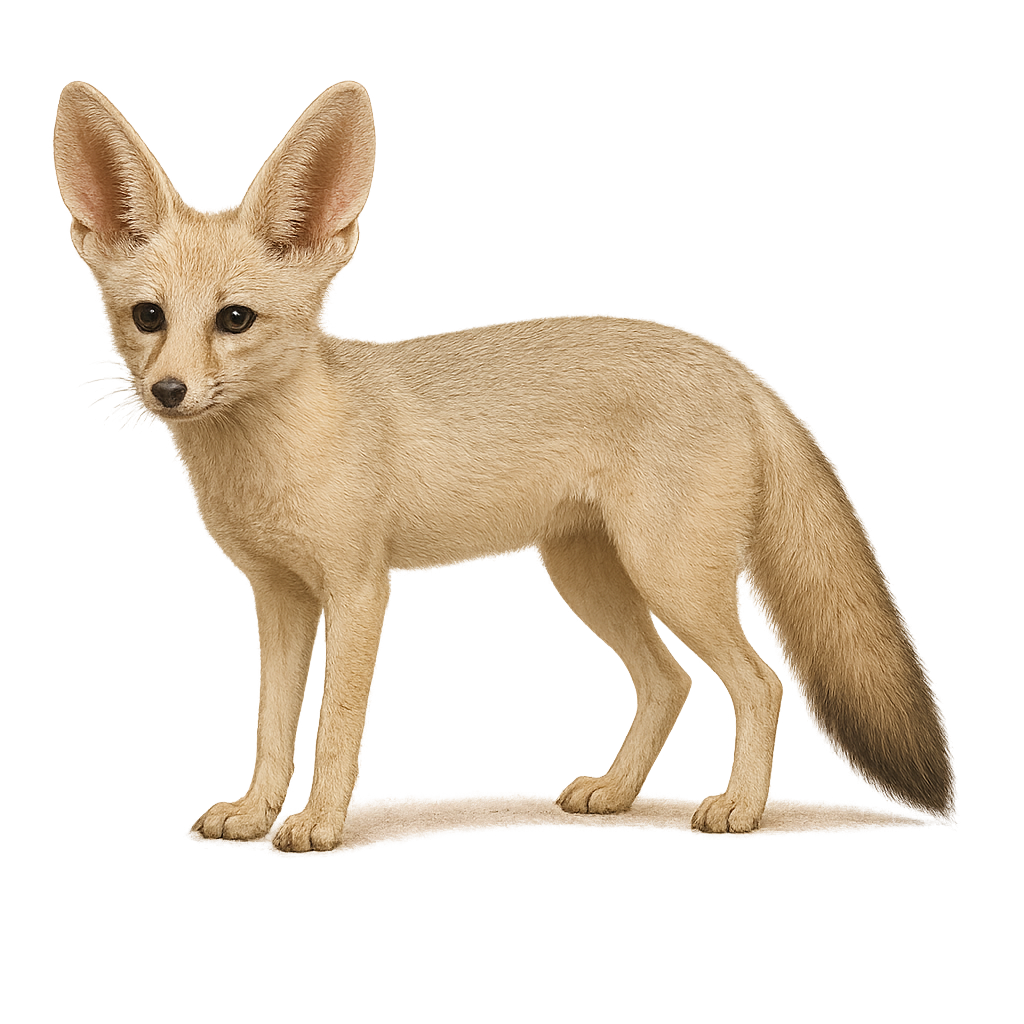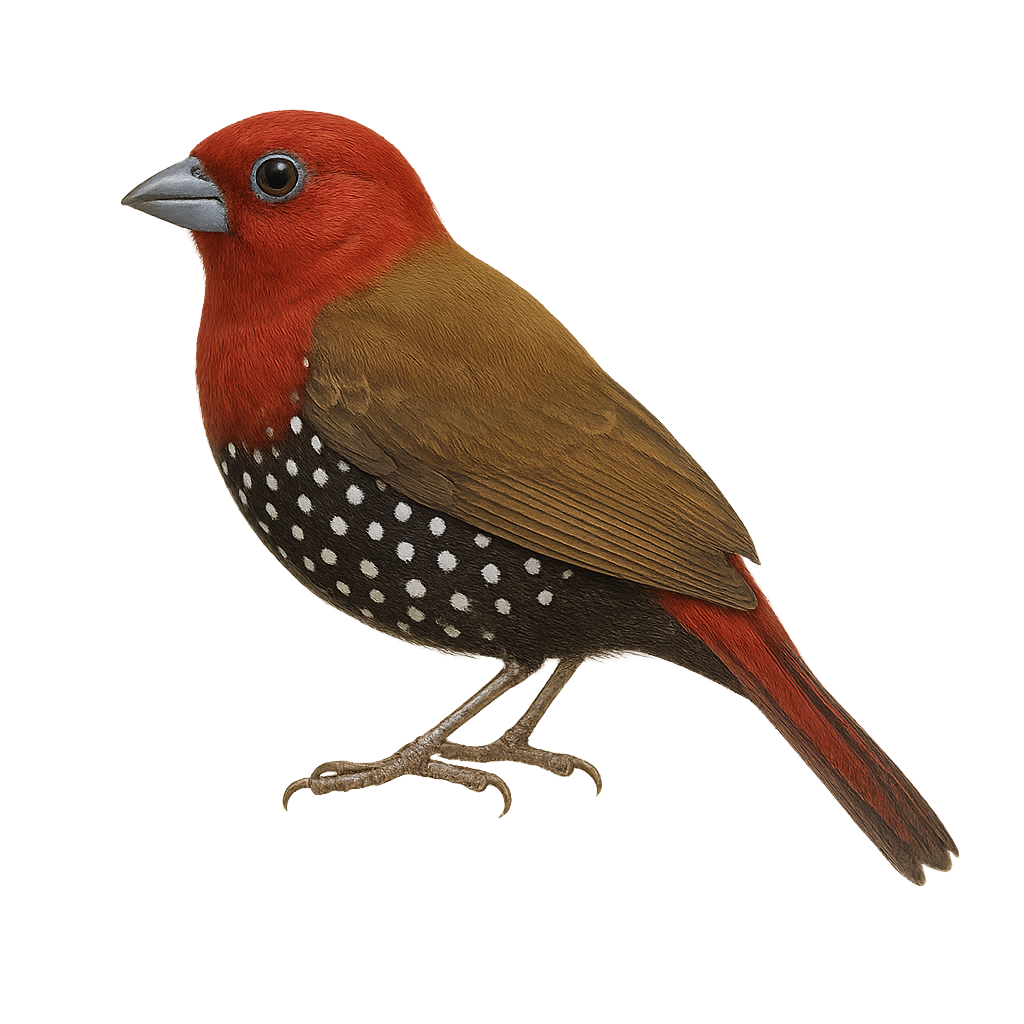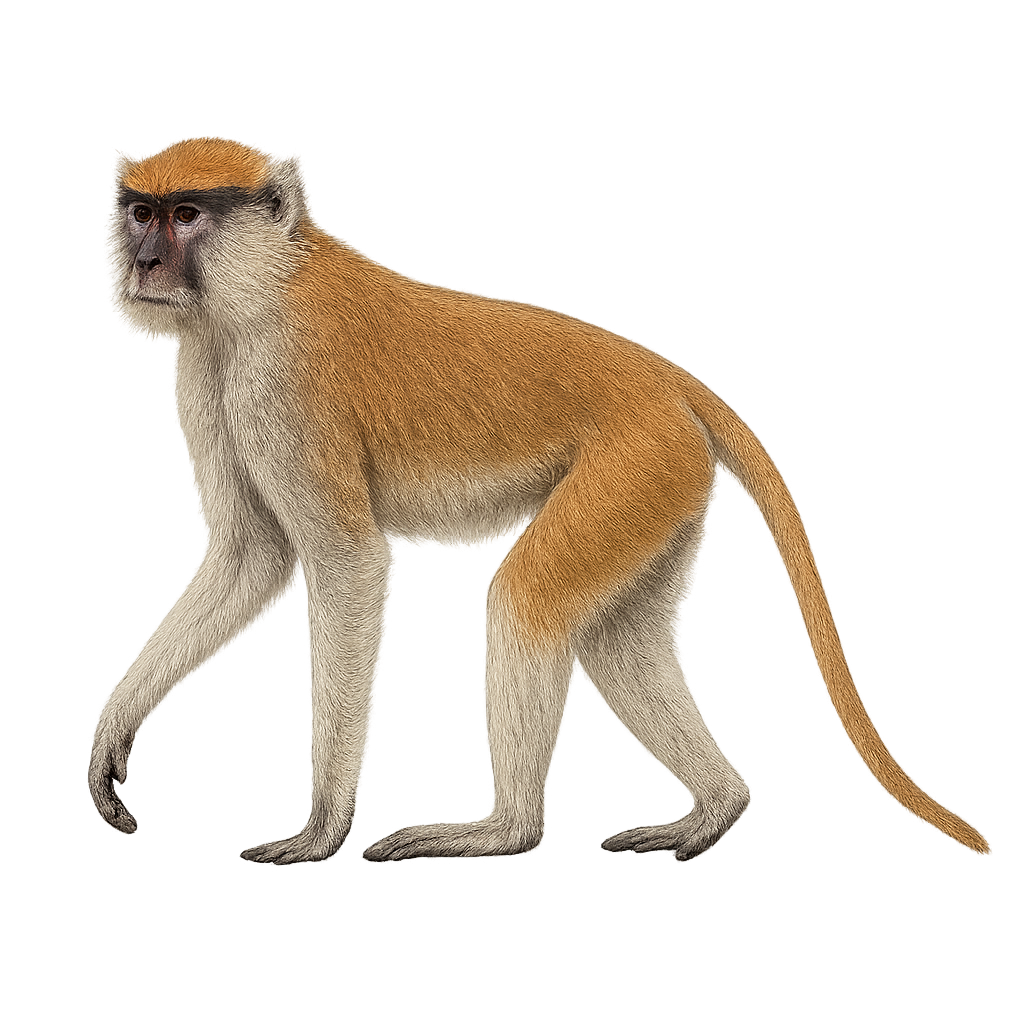The Prairie Warbler, Setophaga discolor, is a small songbird belonging to the Parulidae family. It is easily identified by its bright orange throat, olive-green back, and distinctive black streaks on its flanks. Males display more vibrant colors than females, especially during the breeding season. This passerine primarily inhabits open woodlands, scrublands, and wetlands in the southeastern United States. A migratory bird, it winters in the Caribbean and Central America. Its song is a soft, melodious trill, often heard in spring. The Prairie Warbler feeds mainly on insects and small spiders, which it catches by flitting agilely among branches.
The Prothonotary Warbler, or Protonotaria citrea, is a small songbird in the Parulidae family, easily recognizable by its bright yellow plumage and orange head. It primarily inhabits the humid forests and swamps of eastern North America. A migratory bird, it winters in Central America and northern South America. It feeds mainly on insects and spiders, which it captures in dense foliage. The Prothonotary Warbler is known for its melodious song and elaborate courtship displays. Although its population is stable, it is threatened by habitat loss due to urbanization and wetland drainage.
The Painted Bunting is a small bird known for its vibrant plumage, primarily inhabiting the southern United States and parts of Mexico. Males display bright colors with a blue head, green back, and red belly, while females and juveniles are more subdued in olive green. These birds prefer habitats such as open woodlands, thickets, and shrub areas. They are often seen feeding on seeds and insects. Although they are relatively not very shy, they can be challenging to spot due to their discreet behavior and preference for dense habitats. Their melodious song is often the first clue to their presence.
The Pink-backed Pelican, or Pelecanus rufescens, is a medium-sized waterbird known for its greyish plumage and slightly pinkish back. It has a long bill with a distinctive gular pouch used for catching fish. Its wings are broad and powerful, suited for gliding flight. Found mainly in sub-Saharan Africa, it inhabits lakes, rivers, and marshes. Sociable by nature, it often lives in colonies. Its breeding season varies by region, typically nesting in trees or on islets. Its diet consists mainly of fish, which it often hunts in groups.
The Peruvian Pelican, or Pelecanus thagus, is a large aquatic bird known for its long bill and distinctive throat pouch. It has predominantly grey plumage with white hues on the head and neck. This bird is often seen along the Pacific coasts from Ecuador to southern Chile. It primarily feeds on fish, which it catches through spectacular dives. During the breeding season, it forms colonies on coastal islands, where it builds rudimentary nests. Although its population is stable, it is sensitive to human disturbances and marine pollution.
The Pesquet's Parrot, also known as the vulturine parrot, is a unique species native to the rainforests of New Guinea. It is easily recognizable by its striking black and red plumage and its bald head, an adaptation for feeding on fruits without soiling its feathers. This parrot is primarily frugivorous, feeding on figs and other fruits. Its natural habitat includes lowland and montane forests, where it lives in small groups or pairs. Despite its impressive appearance, the Pesquet's Parrot is relatively discreet and difficult to spot in the wild. Its population is declining due to deforestation and illegal trade.
The Peru poison frog, or Ameerega petersi, is a vibrant and colorful frog species primarily found in the humid rainforests of the Amazon. It is distinguished by its smooth skin and bright color patterns, often a combination of blue, black, and yellow. These colors serve as a warning to potential predators, as this frog secretes powerful toxins. It is generally small, measuring between 2 and 3 centimeters. Its natural habitat includes dense, humid undergrowth, where it primarily feeds on small insects. The Peters' Poison Frog is diurnal, meaning it is active during the day. Its conservation is crucial due to the increasing deforestation threatening its natural habitat.
The Red-necked Phalarope is a small wader bird primarily found in marshes, salt lakes, and estuaries in North America, Europe, and Asia. It measures about 20 cm in length and weighs between 30 and 50 g. What distinguishes it is its brightly colored plumage, with red and gray tones, and its fine, pointed bill, which allows it to capture insects and small crustaceans from the water. The Red-necked Phalarope is an excellent swimmer and spends much of its time spinning on the water to capture its food. While its population is not currently in danger, it is vulnerable to habitat loss, pollution, and human disturbance, especially during the breeding season.
The Phainopepla is an elegant and distinctive bird, easily recognizable by its glossy black plumage in males and gray in females, with striking red eyes. This bird measures about 18 to 20 cm in length and has a long, slender tail. It is primarily found in the arid and semi-arid regions of the southwestern United States and Mexico. The Phainopepla feeds mainly on fruits, especially mistletoe, but also consumes insects. Its song is a soft whistle, often heard during the breeding season. It is known for its acrobatic flights and territorial behavior during nesting.
The Pacific Harbor Seal, or Phoca vitulina richardii, is a widely distributed species of seal found in the coastal waters of the northern hemisphere. These marine mammals are recognizable by their spotted coats, which range from gray to brown, and their rounded faces with large whiskers. They typically measure between 1.5 and 1.9 meters in length and weigh between 55 and 170 kg. Pacific Harbor Seal are agile swimmers, capable of diving up to 500 meters to hunt fish, crustaceans, and mollusks. They spend much of their time resting on beaches, sandbanks, or rocks. Although often solitary, they can gather in groups during the breeding season or to rest.
The Painted-belly Leaf Frog, scientifically known as Phyllomedusa sauvagii, is a remarkable arboreal amphibian native to the dry Gran Chaco region of Argentina, Paraguay, and Bolivia. It is characterized by its thick, waxy skin that helps minimize water loss, an essential adaptation for survival in its arid habitat. Its bright green coloration provides excellent camouflage among leaves, while its golden eyes and adhesive fingers allow it to move effortlessly through trees. This frog is primarily nocturnal, resting during the day to avoid intense heat. It feeds mainly on insects and other small invertebrates. Although its conservation status is currently "least concern," habitat destruction poses a potential threat.
The Pale-crested Woodpecker, scientifically known as Celeus lugubris, is a medium-sized bird belonging to the Picidae family. It is easily identifiable by its distinctive pale crest and reddish-brown plumage. This woodpecker is primarily found in the tropical and subtropical forests of South America, particularly in Brazil, Bolivia, and Paraguay. It feeds mainly on insects, which it extracts by drumming on tree trunks with its strong beak. The Pale-crested Woodpecker is a diurnal bird, active mainly during the day. Although it is relatively not very shy, it remains cautious and prefers dense wooded areas where it can easily hide. Its population is currently stable, but it could be threatened by deforestation.
The Pompadour Green Pigeon, Treron pompadora, is a medium-sized bird belonging to the Columbidae family. It is primarily found in the tropical rainforests of South Asia, notably in India and Sri Lanka. This bird is distinguished by its bright green plumage, with shades of yellow and gray, and distinctive wing markings. Males and females exhibit slight sexual dimorphism, with males having brighter colors. The Pompadour Green Pigeon is frugivorous, feeding mainly on fruits and berries. It plays a crucial role in seed dispersal, thus contributing to forest regeneration. Although generally discreet, it can be observed in small groups, especially during the breeding season.
The Pink Pigeon, or Nesoenas mayeri, is an endemic species of Mauritius, known for its distinctive pale pink plumage and red-ringed eyes. Measuring about 36 cm in length, this bird features a reddish beak and pink legs. Once critically endangered, the Pink Pigeon has seen its population increase due to intensive conservation efforts. It primarily inhabits the island's native forests, feeding on fruits, seeds, and flowers. Although its population is rising, it remains vulnerable due to habitat loss and predation by introduced species. Captive breeding and reintroduction programs have been crucial for its survival.
The Pacific Loon, or Gavia pacifica, is an elegant and graceful aquatic bird often seen in coastal waters and lakes of northern America. Its plumage is primarily silvery gray with a white belly, and it features a black head and neck with a distinctive white band. During the breeding season, it migrates to Arctic regions to nest. This bird is an excellent diver, capable of staying underwater for several minutes to hunt fish and crustaceans. Its melodious and plaintive call is often heard at dusk, adding a mystical ambiance to northern landscapes. Although generally solitary, it can be seen in small groups during migrations.
The Pacific Golden Plover, or Pluvialis fulva, is a medium-sized migratory bird belonging to the Charadriidae family. It is known for its striking golden and black plumage during the breeding season, which becomes duller outside this period, aiding in camouflage in open habitats. This bird is primarily found in coastal areas, grasslands, and marshes. A long-distance migrant, it travels thousands of kilometers between its breeding grounds in Siberia and its wintering areas in Oceania and Southeast Asia. Its diet mainly consists of insects, crustaceans, and small invertebrates.
The Piping Plover, Charadrius melodus, is a small coastal bird with pale plumage, primarily white and gray, featuring bright orange legs and a short black bill. Known for its melodious call, it nests on sandy beaches and dunes. This plover is often found along the Atlantic coast and the Great Lakes in North America. Unfortunately, it is threatened by habitat loss and human disturbances, leading to conservation efforts to protect its nesting sites. Adults measure about 17 to 18 cm in length with a wingspan of 35 to 41 cm. Their diet mainly consists of insects and small crustaceans.
The Coendou prehensilis, or prehensile-tailed porcupine, is an arboreal rodent native to the tropical forests of South America. It is distinguished by its prehensile tail, which allows it to grasp branches, and its quills that protect it from predators. This porcupine measures about 30 to 60 cm in length, not including its tail which can reach 45 cm. Its fur is typically brown or gray, interspersed with white or yellow quills. Nocturnal, it primarily feeds on fruits, leaves, and bark. Although solitary, it can sometimes be seen in small groups. Its ability to move easily through trees makes it an essential inhabitant of its ecosystem.
The Peale's Fruit Dove is a medium-sized bird, measuring about 20 cm in length. It features a vibrant plumage with a green head and neck, a bright yellow belly, and wings with shades of green and blue. Males and females are similar, although males may have slightly brighter colors. This bird is endemic to the South Pacific islands, particularly in Samoa and Tonga. It prefers dense tropical forests where it primarily feeds on fruits. Its call is soft and melodious, often heard at dawn and dusk. Although generally solitary, it can be seen in small groups during the breeding season.
The Puma is a large feline found primarily in the Americas, from Canada to the southern tip of South America. It measures between 1.1 and 1.8 meters in length, with a tail measuring 60 to 80 cm, and weighs between 40 and 100 kg, depending on the sex and subspecies. Its coat is typically sandy, gray, or brown, with a lighter underside. The Puma is a solitary predator, primarily hunting deer, small mammals, and birds. It is also capable of traveling great distances and adapting to different types of habitats, ranging from mountainous forests to desert areas. While its population remains relatively stable in certain regions, it can be threatened by habitat loss, fragmentation of its territories, and hunting.
The Puma yagouaroundi, commonly known as the Puma jaguarundi, is a medium-sized feline native to the Americas. It is characterized by its elongated body, short legs, and long tail. Its coat is uniform, ranging from gray to reddish-brown, allowing it to blend into its surroundings. This feline is primarily solitary and territorial, marking its territory with glandular secretions. It is an opportunistic hunter, feeding on small mammals, birds, and reptiles. Although mainly terrestrial, it is also a good climber and swimmer. Its adaptability to various habitats, from tropical forests to savannas, makes it a resilient predator.
The Pavonine Quetzal, or Pharomachrus pavoninus, is a stunning bird found in the tropical forests of South America. With its emerald green and vivid red plumage, it is admired for its beauty and grace. This bird measures about 36 to 40 cm in length, with a tail that can reach up to 60 cm in males. It primarily feeds on fruits, but also consumes insects and small vertebrates. The Pavonine Quetzal is often seen in humid forests, preferring altitudes between 500 and 2000 meters. Although its habitat is threatened by deforestation, it is currently listed as Least Concern by the IUCN.
The Polka-dot Tree Frog, Hypsiboas punctatus, is a species of tree frog found primarily in South America. It is recognizable by its smooth skin and distinctive spotted patterns on a bright green background. These frogs are generally small, measuring about 3 to 4 cm in length. They are nocturnal and spend the day hidden in dense vegetation. Their call is a key part of their reproductive behavior, attracting mates during the rainy season. They primarily feed on insects and play an important role in controlling pest insect populations. Although they are widespread, their habitat is threatened by deforestation and pollution.
The Polka‑dot treefrog, or Boana punctata, is a species of amphibian in the Hylidae family. It is characterized by its smooth skin and dark spots on a bright green background, allowing it to blend effectively into its natural habitat. It is primarily nocturnal and found in the tropical rainforests of Central and South America. It is arboreal, spending most of its time in trees. Reproduction typically occurs during the rainy season, when males call to attract females. Eggs are laid in water, where tadpoles develop before metamorphosing into adult frogs.
The Pale Fox, or Vulpes pallida, is a discreet canid primarily inhabiting the arid and semi-arid regions of West Africa. Its coat is a pale sandy color, allowing it to blend seamlessly into its desert surroundings. It is medium-sized, with a pointed snout and large ears that help dissipate heat and detect distant sounds. This fox is mainly nocturnal, avoiding the high daytime temperatures. It feeds on a variety of foods, from small mammals to insects and fruits. Although relatively unknown, the Pale Fox plays a crucial role in the ecosystem by controlling rodent and insect populations.
The Pallas's Rosefinch, scientifically known as Carpodacus roseus, is a small bird with striking plumage, predominantly bright pink in males and duller in females. It belongs to the Fringillidae family and is mainly found in the coniferous forests and shrublands of Northeast Asia. Its conical beak is well-suited for its granivorous diet, although it also consumes insects during summer. The Pallas's Rosefinch is a migratory bird, moving southward in winter. It is admired for its melodious song and vibrant colors, making it a favorite subject for birdwatchers and photographers. Although its conservation status is currently of least concern, habitat destruction could pose future threats.
The Pink-throated Twinspot is a small bird with distinctive plumage, primarily brown with characteristic white spots on its flanks. The male has a pink throat, while the female displays more subdued colors. This bird is endemic to East Africa, where it inhabits savannas, open forests, and shrublands. It feeds mainly on seeds but also consumes insects. Its song is soft and melodious, often heard at dawn and dusk. Although discreet, it is sometimes observed in small groups, especially outside the breeding season. The species is currently considered of least concern by the IUCN but is sensitive to habitat degradation.
The patas monkey, or Erythrocebus patas, is an African primate known for its exceptional speed, reaching up to 55 km/h, making it the fastest monkey in the world. It has distinctive reddish fur, a black face, and long, slender limbs adapted for running. Males are significantly larger than females. They primarily inhabit the savannas and semi-arid regions of West and East Africa. Their diet is omnivorous, consisting of fruits, seeds, insects, and small animals. Patas monkeys are diurnal and spend most of their time on the ground, although they can climb trees to feed or rest.
The pygmy nuthatch (Sitta pygmaea) is a small forest passerine, measuring 9–11 cm in length and weighing 8–12 g, identified by its slate-blue dorsal plumage, brighter blue crown, and contrasting white throat. Endemic to western North America’s ponderosa and Jeffrey pine forests, it forages for insects, seeds, and resin in bark crevices. Highly social, it forms stable family groups year-round and often clings upside-down on trunks and branches. The breeding season runs from 01.04–30.06; it nests in cavities, laying 5–9 eggs incubated for 14–17 days, with hatchlings emerging between 15.04 and 17.07.
The Plain Xenops is a small bird from the Furnariidae family, primarily found in the tropical forests of Central and South America. It measures about 12 cm in length and is characterized by its brown plumage with lighter shades on the belly. Its slightly curved beak allows it to probe tree bark for insects, its main food source. This bird is often seen climbing tree trunks, much like woodpeckers. Although discreet, its high-pitched, repetitive song can be heard through the dense canopy. The Plain Xenops plays an important role in the ecosystem by helping control insect populations.


